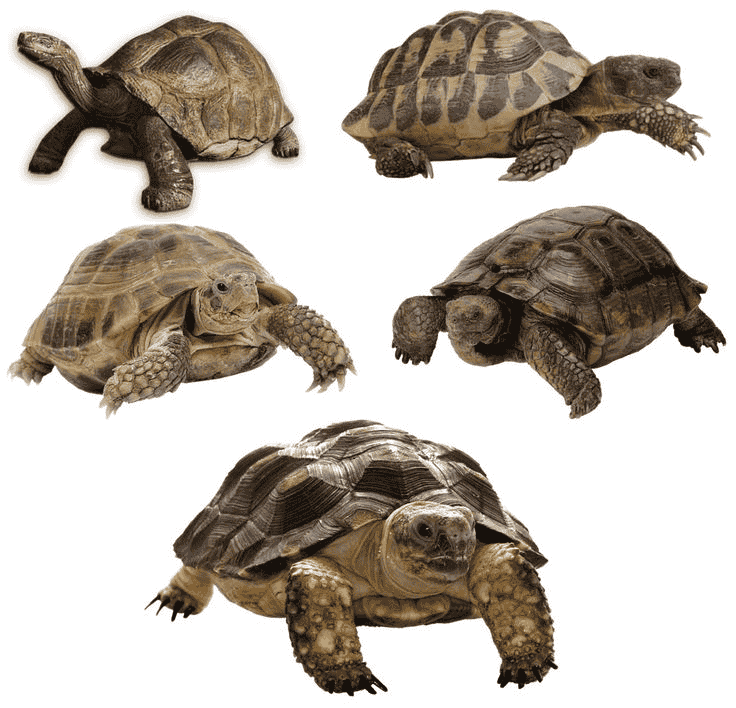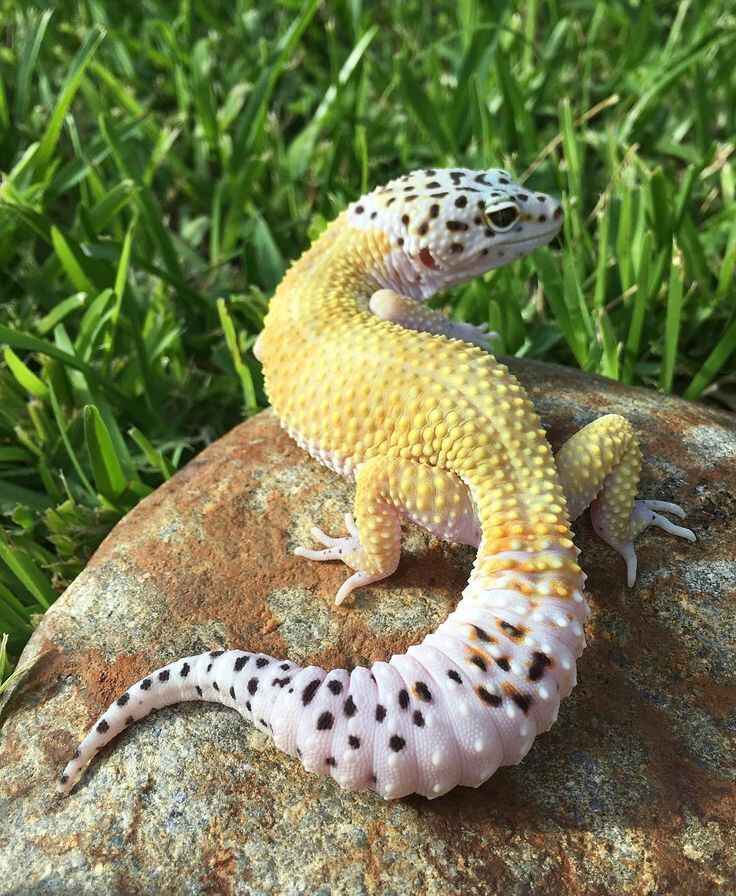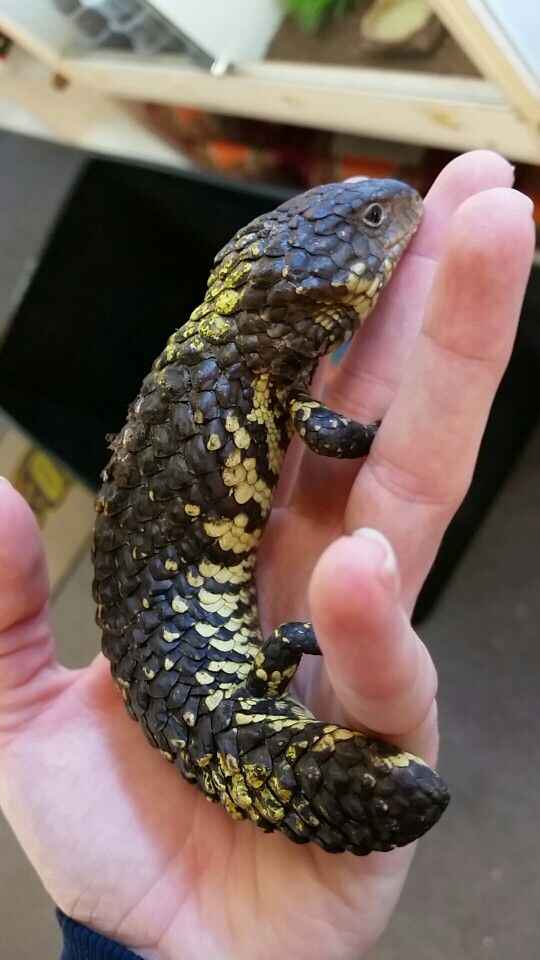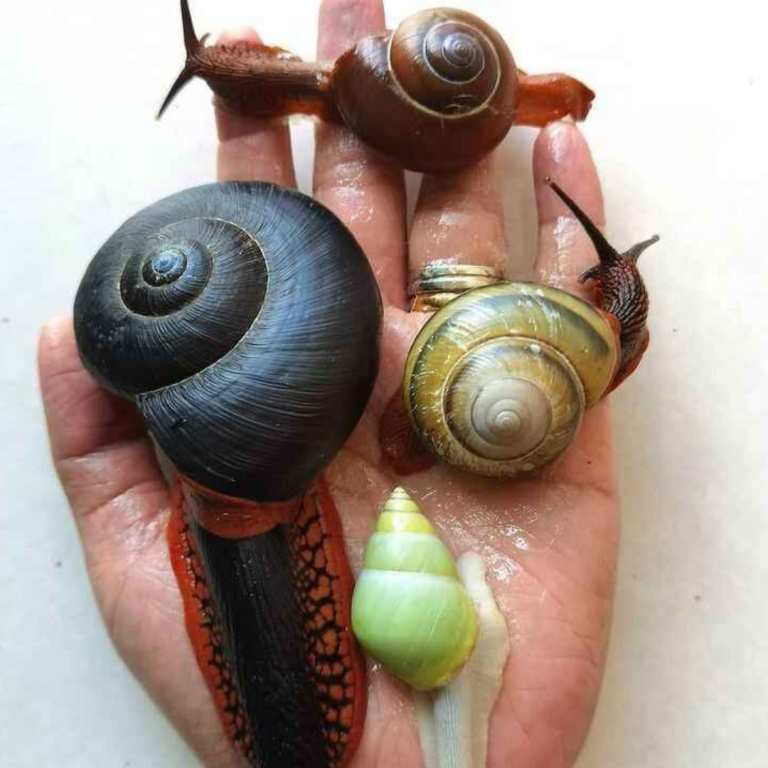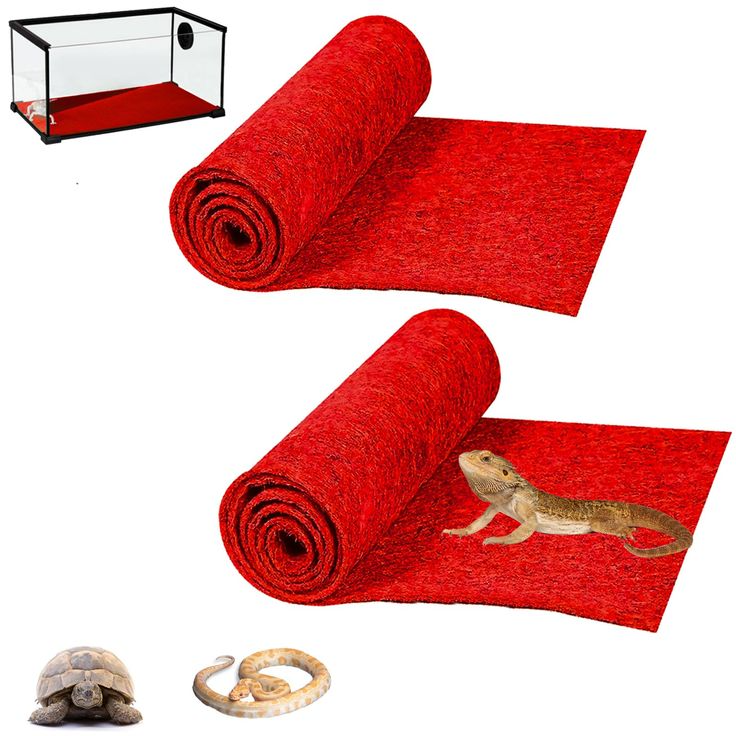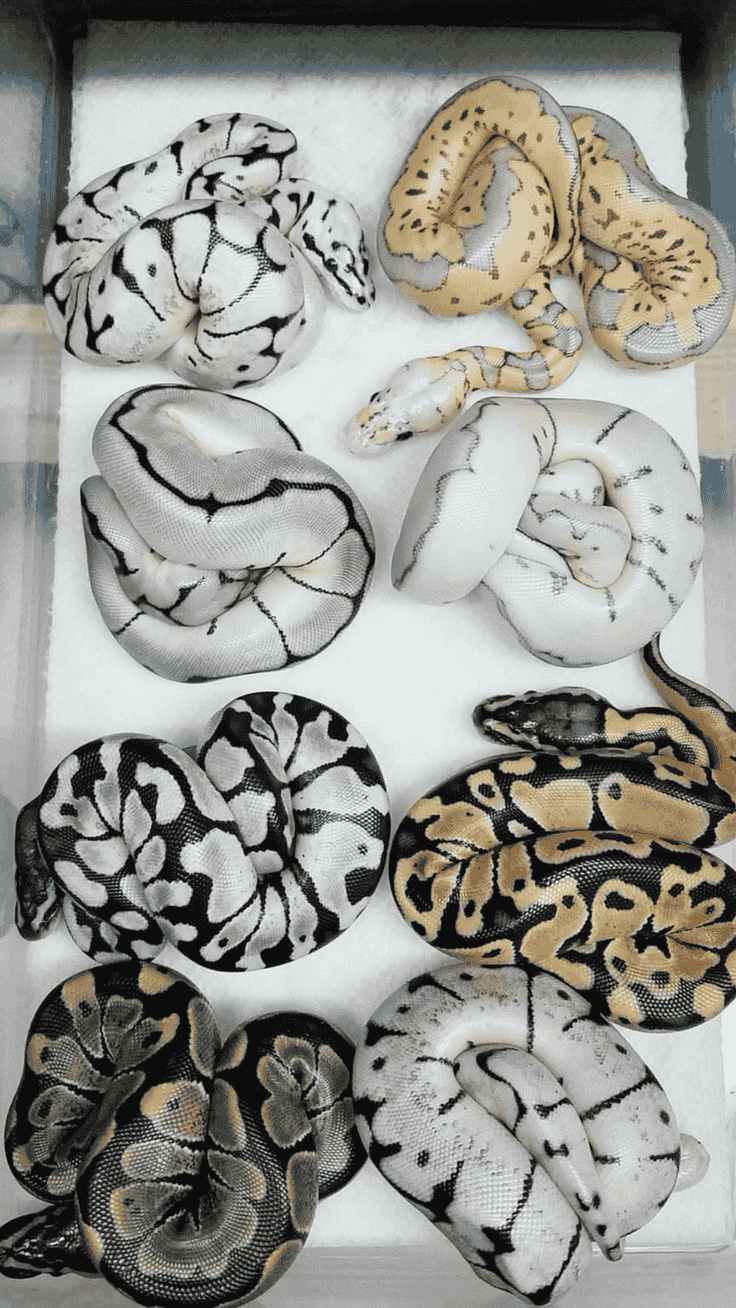Top 8 pet Scorpions
Before purchasing a pet scorpions, you should know all the aspects of this pet Scorpions . The majority of people adore having pets, but not everyone is able to keep a dog, cat, or even an exotic animal that needs a lot of care. Because of this, unusual arachnids, specifically scorpions, make excellent selections. Scorpios make excellent choices for people whose lives are too busy or whose homes are too small to accommodate anything enormous, but still want to give a safe haven to an animal. All you need for a scorpion is a tank, the habitat’s contents, and feeder insects. Scorpions are genuinely a pretty hands-off pet!
Scorpions are low-maintenance, quiet, and clean. When compared to other varieties, the most popular pet scorpions are not particularly deadly. Though some individuals may experience severe anaphylactic reactions, their stings are similar to bee stings
These eight varieties of scorpions make wonderful pets for anybody looking for a distinctive animal experience.
For more pet information, please visit parrot snake breeds
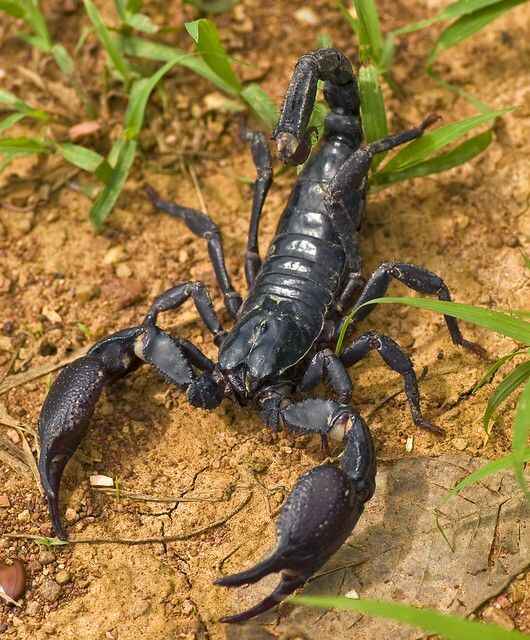
Scorpion Emperor
The emperor scorpions is the species of scorpion that is most frequently advised for novices to keep as a pet. The venom of this scorpion only causes a minor, localized reaction in most individuals, and it is a reasonably docile species. This scorpion usually won’t turn hostile until it feels threatened, however, others claim it is more likely to try to pinch you with its claws than to sting you.
Dimensions: 6 to 8 in.
weight: A single ounce of weight
Physical characteristics: Physical characteristics of scorpion include a big frame, glossy black or dark blue color, and broad, rough pincers.
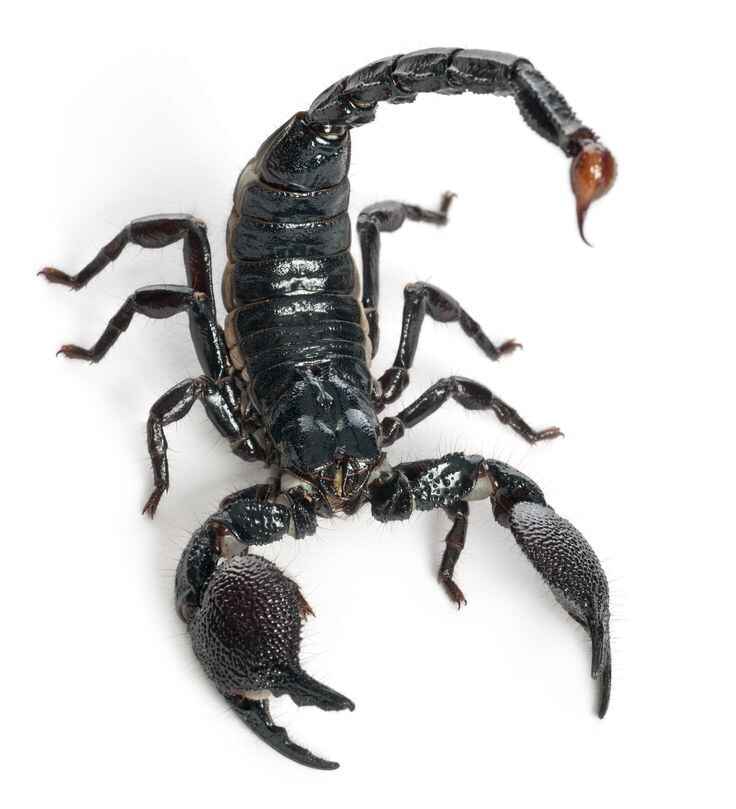
Tanzania’s Red-Clawd Scorpion
The Tanzanian red-clawed scorpions is smaller than its more well-known cousin, but it is still in the same genus as the emperor scorpion. Because it is more likely to be angry and willing to sting than the emperor scorpion, it is not recommended for beginners. Its toxin, however, is as harmless as a bee sting. Red claws can live for almost eight years in captivity.
Dimensions : 4 to 5 in.
weight: One ounce in weight
Physical characteristics: Physical attributes include a black body and rusty crimson claws.
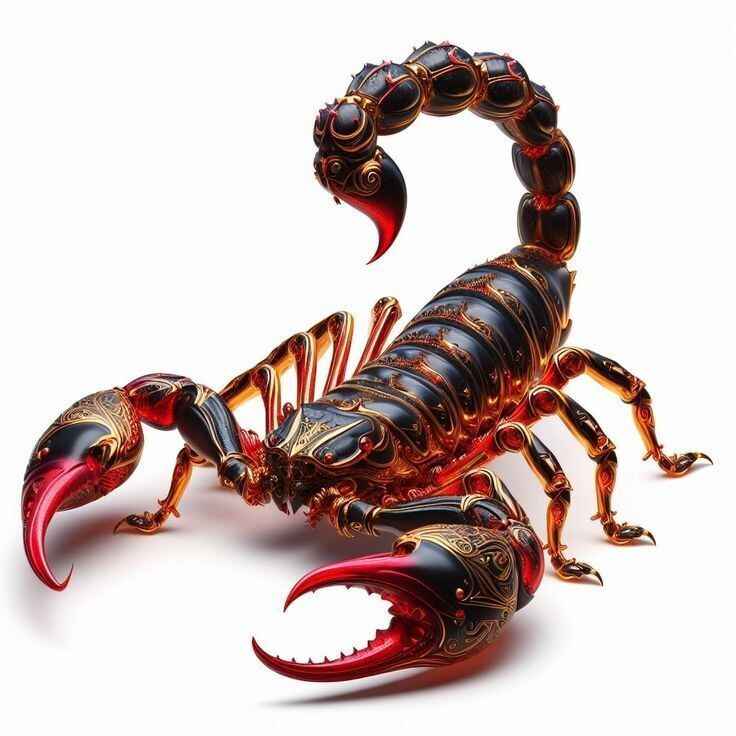
Black Scorpion from Malaysia
Unlike the emperor scorpion, the Malaysian black scorpion is a larger species that lives in rainforests and is more difficult to find as a pet. It is also less suitable for novices and more aggressive than the emperor scorpion. It usually defends itself by utilizing its claws rather than its sting. People still decide to keep it as a pet despite its weak venom, which often only causes localized pain and inflammation.
Dimensions: 4 to 5 in.
weight: One ounce in weight
Physical characteristics: Physical attributes include a shiny, black body and big claws.
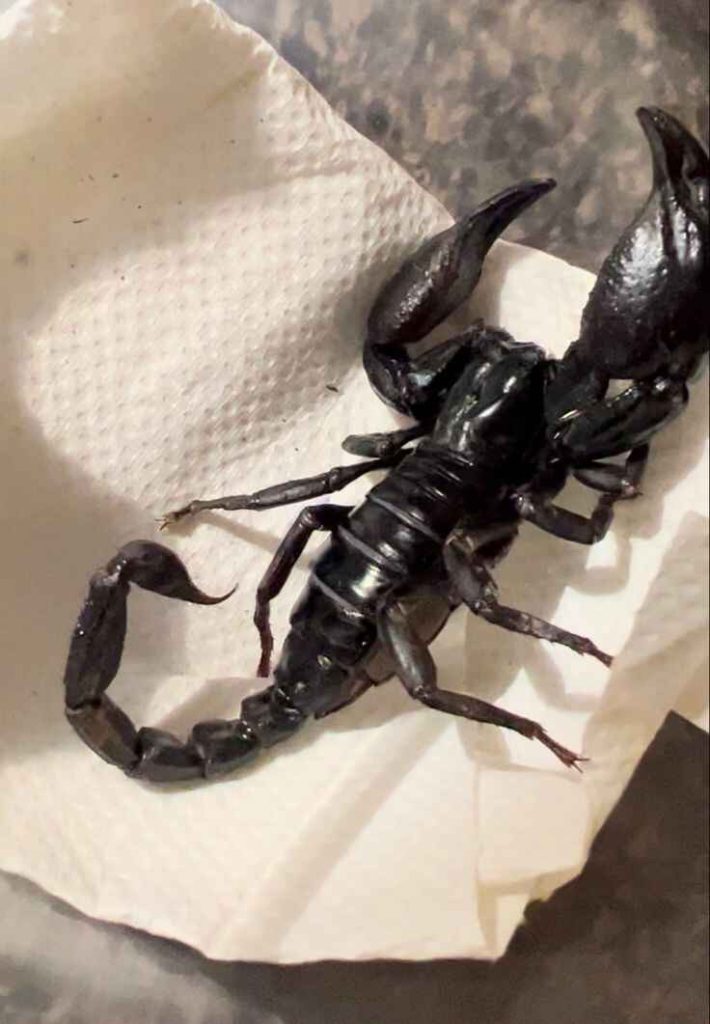
Javanese Jungle scorpion
The Javanese jungle scorpions, which is native to Indonesia’s rainforests, can survive five to eight years in captivity. However, it is quite territorial and aggressive. With their powerful claws and mildly poisonous stinger, these scorpions are most likely to defend themselves. They may be kept in groups, unlike many other kinds of scorpions, albeit some may get into fights.
Dimensions: 4 to 7 in.
weight: A single ounce of weight
Physical characteristics: heavy frame, dark brown or black with greenish tones.
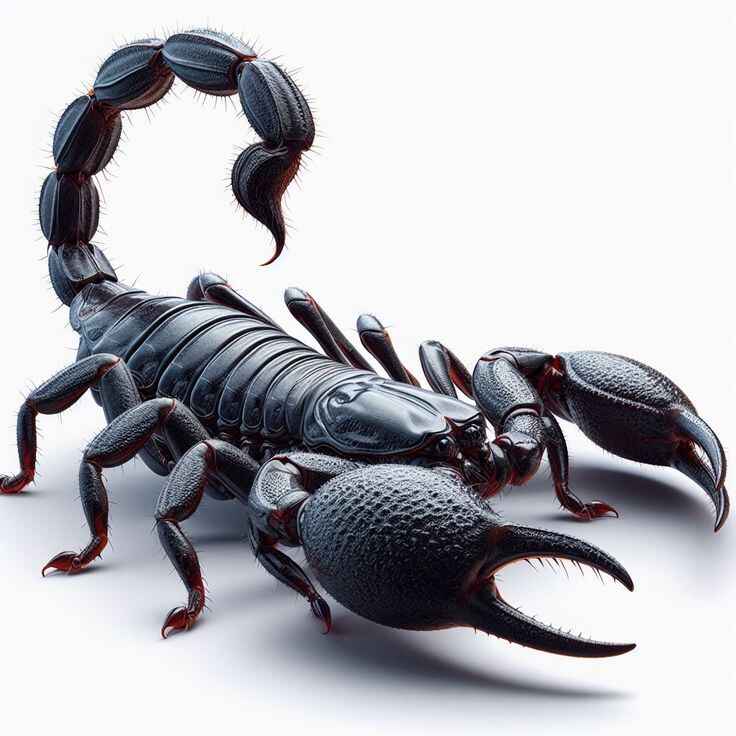
Desert Hairy Scorpion
Desert hairy scorpions are found in the southwestern part of the United States. As pets, they are often shy, but if they feel threatened, they will defend themselves. Since their venom is more potent than that of the emperor scorpion and can inflict quite a painful sting, they are not recommended for beginners. These scorpions require a desert habitat with a layer of coarse sand and little to no misting for their house.
Dimensions: 5 to 6 in.
weight: One ounce in weight
Physical characteristics: :Physical characteristics include a darker back, tan to olive green hue, yellow legs, claws, and tail, and brown hairs on the tail.
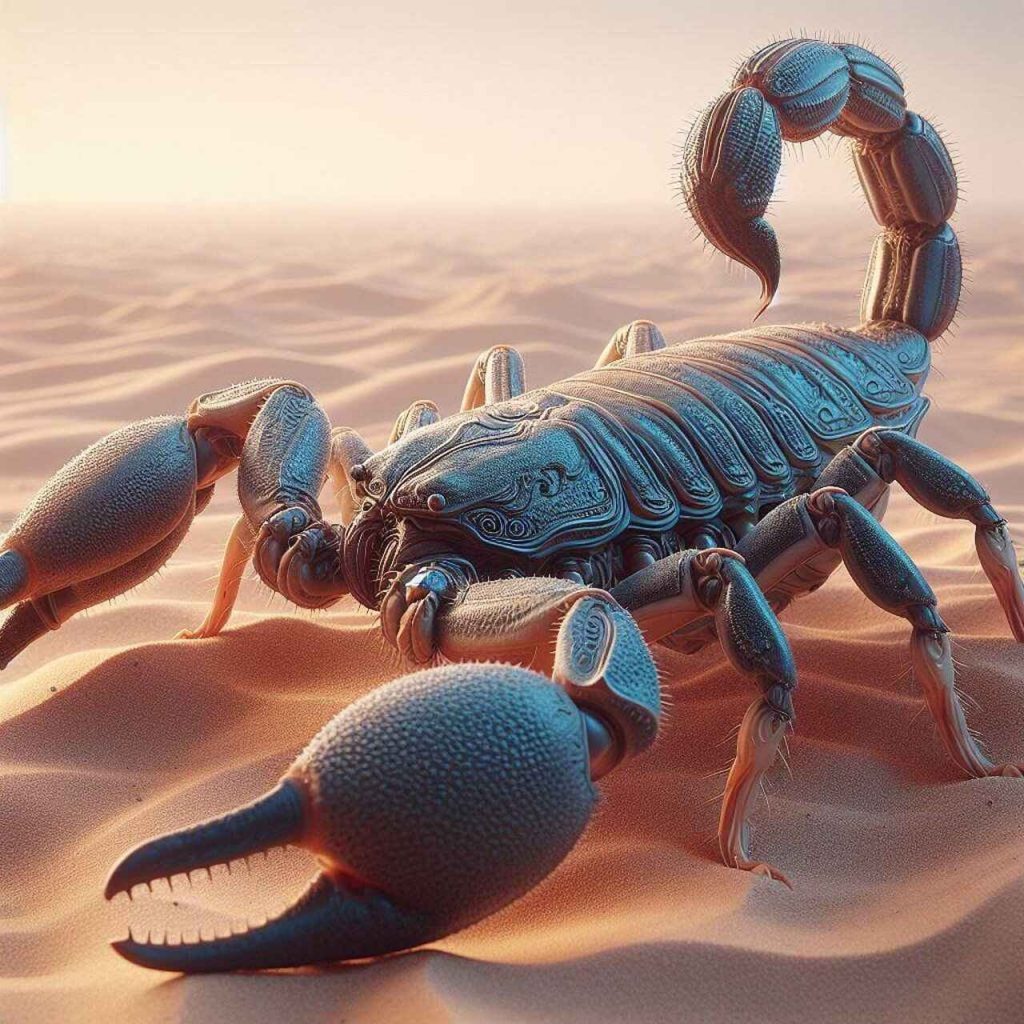
Large-Clawed Scorpion
Large-Clawed Scorpions hardly ever sting, instead preferring to defend themselves with their strong claws. Their venom is not harmful, but it might cause minor discomfort in most individuals. These scorpions, which are unique to Northern Africa and the Middle East, live in deep holes in untamed deserts. Replicating such ecosystem in captivity is a little challenging because the right soil depth and moisture level are required.
Dimensions: 5 to 6 in.
Weight: One ounce in weight
Physical characteristics: a darker back, tan to olive green hue, yellow legs, claws, and tail, and brown hairs on the tail.
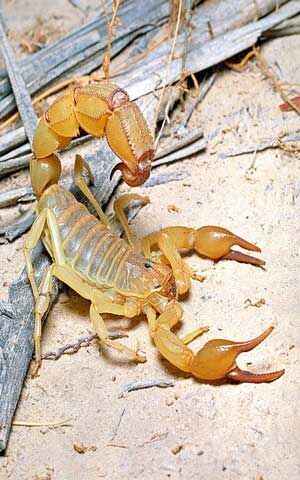
Dictator Scorpion
There is a connection between tyrants and emperor scorpions. Its body is quite large, and its pincers are powerful. Nevertheless, it will typically spend a lot of time digging and be more shy than hostile against people. Contrary to many other species that should be avoided, the dictator scorpion can live in harmony with other members of its species, possibly with the exception of male-to-male fighting.
Dimensions: eight inches
Weight: One ounce in mass
Physical characteristics: stocky build, wide pinchers, black or dark brown body.
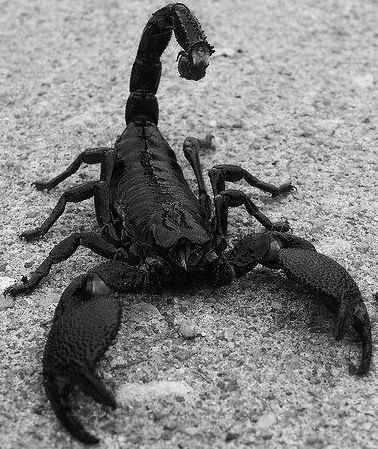
Asian Forest Scorpion
The Asian forest scorpion is similar to the emperor scorpion in many aspects, despite being slightly smaller. It can be rather aggressive and territorial, and its sting is similar to that of a hornet. It is more likely, nevertheless, to defend itself using its claws. This species is fairly hardy and can thrive in captivity for up to eight years.
Dimensions: 4 to 6 inches long
Weight: One ounce in mass
Physical characteristics: robust build; body tone ranging from dark brown to black.
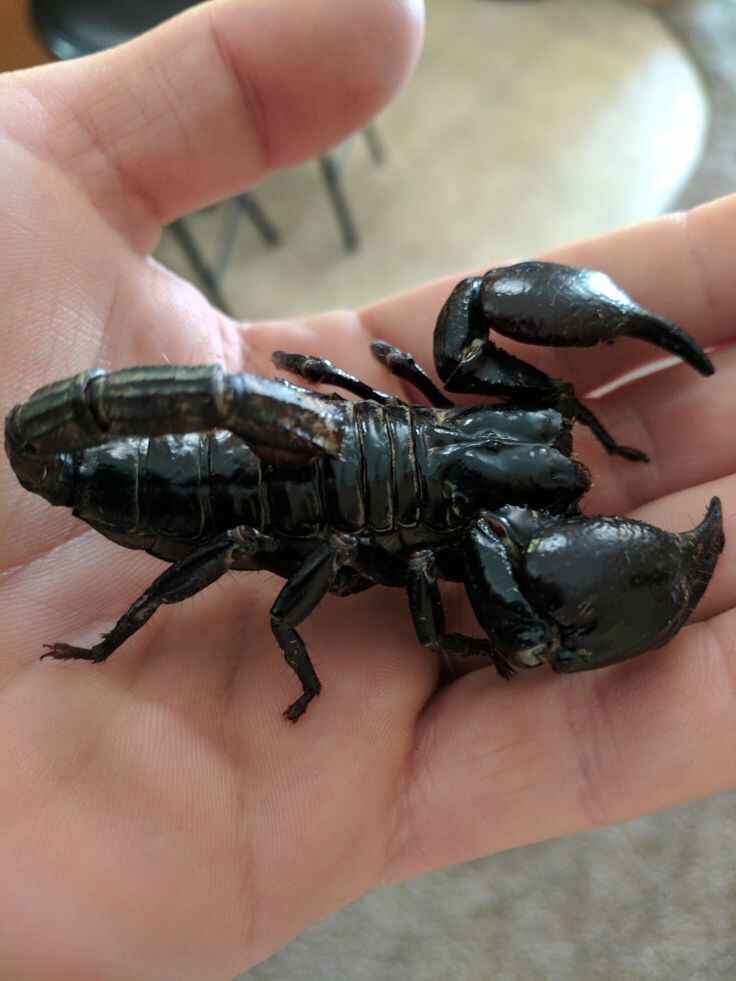
What feed scorpions?
Carnivores include scorpions. They can survive just fine eating worms and insects. However, you can offer them roaches and other small insects to vary up their diet. It’s much more probable that your scorpion will get hurt than that it will have a successful hunt if you feed it mice or other small creatures.
You can buy canned grasshoppers and canned snails if you don’t want to feed your scorpion live insects. The scorpion has to be fed these insects on a daily basis. The only drawback is that in order for your scorpion to meet all of its needs, you might need to buy a supplement or dust to spray or place on the canned insects.
Do scorpions pose a threat?
There are some scorpions that have venom that contains neurotoxins that can cause excruciating agony for humans. It is rare for a scorpion sting to be fatal, and the majority of scorpions that are capable of doing so are left in the wild rather than being sold as pets. All scorpions, nevertheless, have the ability to sting when they feel threatened or uneasy.
Because of this, handling your scorpion is not advised unless absolutely required, as when changing terrariums or cleaning the tank. Should you try to handle your scorpion, you run the risk of getting stung or injuring it.
Scorpions You Should Stay Away From
Androctonus scorpions, also known as fat-tailed scorpions, should not be kept as pets. The term “man killer” describes the potent neurotoxins carried by these scorpions, whose stings are lethal to humans. In addition, the Centruroides genus of scorpions—also known as bark scorpions—can be dangerous to people’s lives. Two Vaejovis scorpions are less toxic, yet their stings can still be extremely unpleasant.

